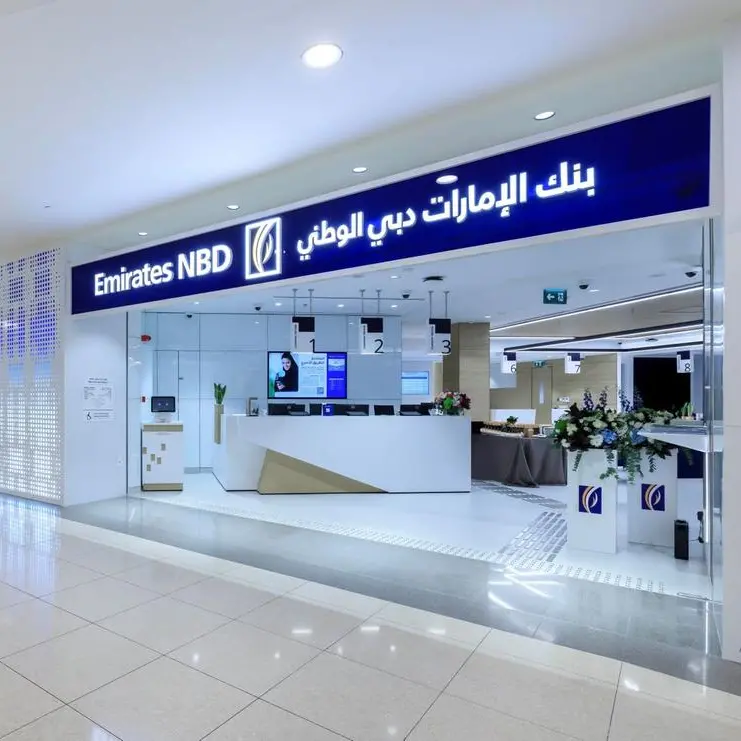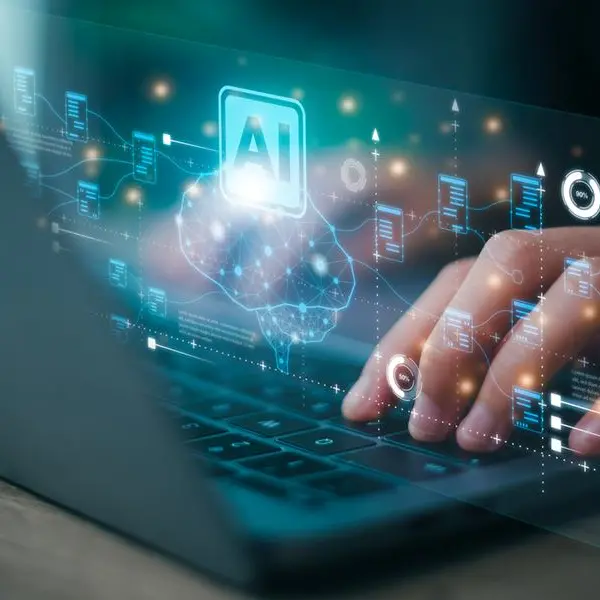The presence of rich data resources has enabled businesses to segment and personalise their products and services, which has provided an opportunity for these companies to rapidly expand into new spaces of innovation. All these adjustments have had a profound impact on the structure and functioning of the workplace. As a result, this has created a need for organisations to rethink how they hire, engage, develop, reward, and lead their workforce.
From “for whom” to “with whom”
High performing organisations have begun to operate as empowered networks, coordinated through culture, information systems and talent mobility. This requires companies to redesign the organisation itself with new operational models to be implemented at different levels. The fast-paced business activities demand that firms are not encumbered by legacy practices, traditional systems, and behaviors that consume resources such as time and money but do not deliver the desired results in return. This has led to the popular question; “for whom do you work?” to be replaced by “with whom do you work?”
HR Management was primarily designed as a compliance function in an organisation, with a focus on managing talent, processes, and transactions. However, constantly changing business and organisational structures require a flexible, data-driven, and highly skilled human resource system that can attract, retain, and develop talents. HR is transforming into an innovative consultancy with a broader scope and responsibility to design, formulate strategies, and enhance the entire employee and employer experience.
Transforming a business environment requires a new HR system that is more tactical and strategic as opposed to administrative. A strategic HR team has the potential to build a team of employees most suited to the company’s requirements. Moreover, digitising functions will enable senior management to focus on functions such as increasing the market share of their business, growing their customer base, driving product innovation, increasing sales, and helping the company be more responsive to the market, among other operations.
Shifting to a company-wide interrelated function
An organisation's HR has evolved from a silo away from core business plans and activities to a department that cofunctions with management, to further understand business needs, and most importantly, to enable and empower their key resource: employees. With the rise of disruptive technologies such as block chain, AI, machine learning VR/AR, and people analytics, the suitability of HR practices has greatly expanded. Every HR department owns a variety of data, including payroll, social media, employee engagement surveys, leadership assessments and developments, performance reviews, recruiting, and exit interviews, which if conducted correctly, can guarantee key insights for future business decisions.
The two shifts taking place that play a significant role in shaping this industry’s future are the options on how companies support traditional HR practices, and talent retention in an environment where employees are capable and eager to transfer to new workplaces. The GCC region has a stable regulatory framework, excellent infrastructure, and a diverse range of talents and capabilities among its residents and expats. Furthermore, the region's present interest in harnessing technology and innovation is projected to assist GCC enterprises' human resources departments. It is estimated by the World Economic Forum that 41% of all work activities in Kuwait are susceptible to automation, 46% in Bahrain and Saudi Arabia, 47% in the UAE, and 52%in Qatar. As compared to 2015, 21% of core skills required across all occupations was different in 2020 in the GCC.
Professionals that can combine extensive industry expertise with cutting-edge analytical tools to quickly modify corporate strategies will be in high demand. Crowdfunding sites, remote and virtual work, and other online platforms are gaining popularity. This necessitates HR departments in GCC organisations managing a distributed and virtual workforce, integrating freelancers, and mitigating the constraints of online work. Furthermore, it necessitates businesses to foster a culture of continuous learning and knowledge of the changing infrastructure among their staff.
Organisations can utilise people analytics and predictive talent modelling to identify pain points and prioritise future analytics investments. Data analytics can also help businesses correctly identify employees who are on the verge of leaving and persuade them to stay with more informed efforts. This not only increases customer satisfaction but also lowers costs.
Rebranding human resources
Several significant innovations are having an impact on today's HR functions. Companies choose solutions that allow for ongoing performance monitoring, obviating the need for formal quarterly or half-yearly staff reviews. The process will become increasingly automated and streamlined as firms adopt a single data model to enable real-time KPIs to measure and analyse performance. Firms demand real-time management, and HR must respond by leveraging analytics and data in creative ways to improve staff management.
The majority of today's workforce are incredibly tech-savvy and want a consistent and distinctive experience on a daily basis. The workforce will increasingly include millennials who expect cutting-edge technology to support them in their employment, necessitating the organisation's ongoing invention of new ways to engage the workforce.
As the power of technology grows, technology needs to become a trusted partner at work, augmenting an individual’s role in smart ways so that the employees can focus on those aspects of the job that require human touch and skills. Artificial intelligence enables large-scale efficiencies and serves as a foundation for many of the new technologies that businesses are adopting.
In many firms, HR functions have been rebranded, with phrases such as “employee experience”, “people management”, and “human capital” to signal a shift in the brand. Organisations are still grappling with how digitisation will fundamentally alter human work and in what ways humans and the emerging machine co-workers will work together. This is likely to create new value for customers and the firm. It is high time to reimagine work across the enterprise and HR with digitisation and automation.
© Opinion 2021
Any opinions expressed in this article are the author’s own
Disclaimer: This article is provided for informational purposes only. The content does not provide tax, legal or investment advice or opinion regarding the suitability, value or profitability of any particular security, portfolio or investment strategy. Read our full disclaimer policy here.























